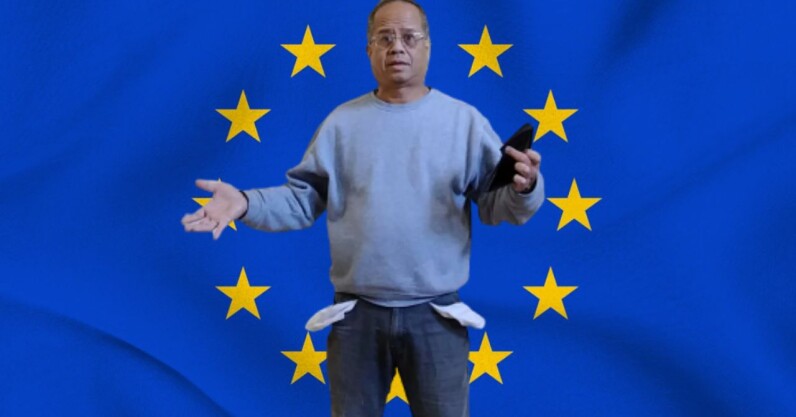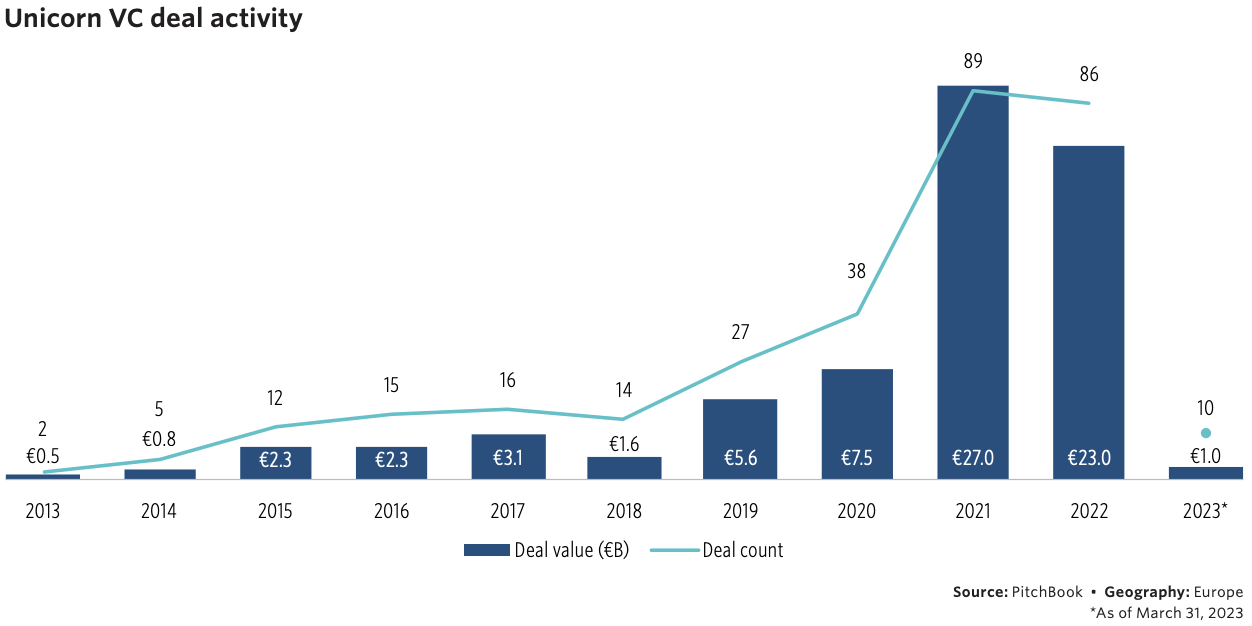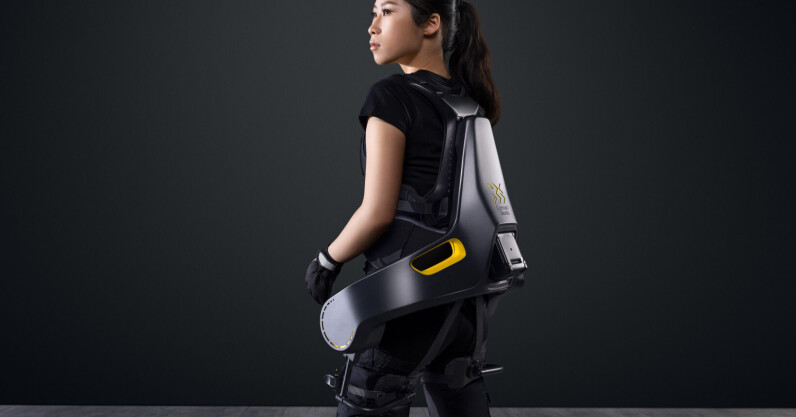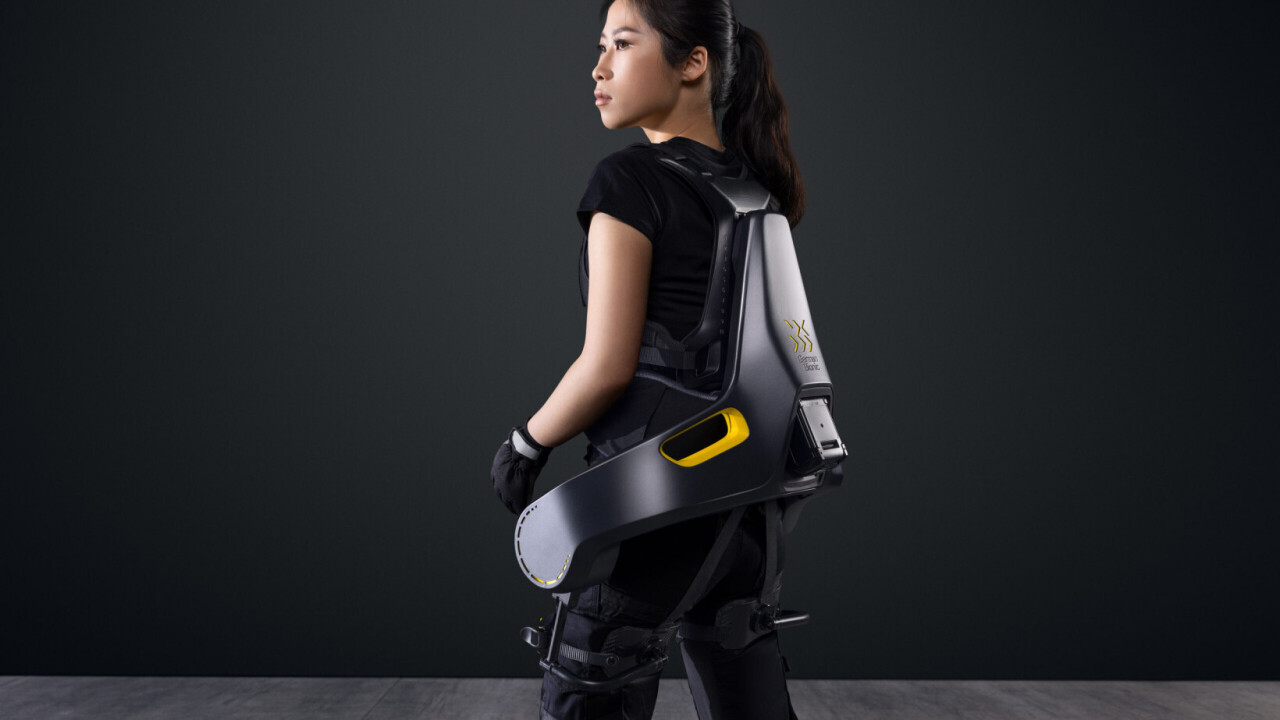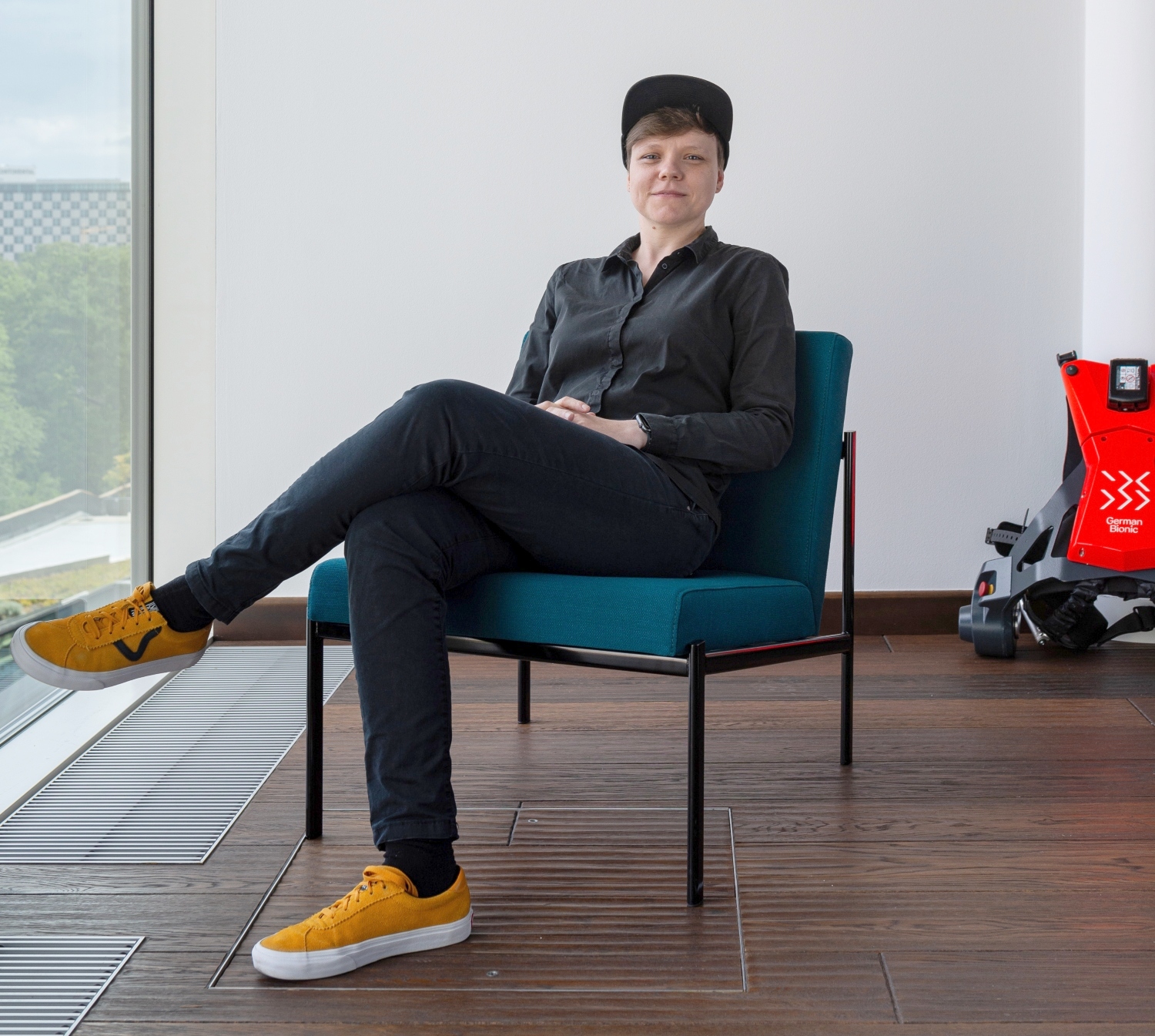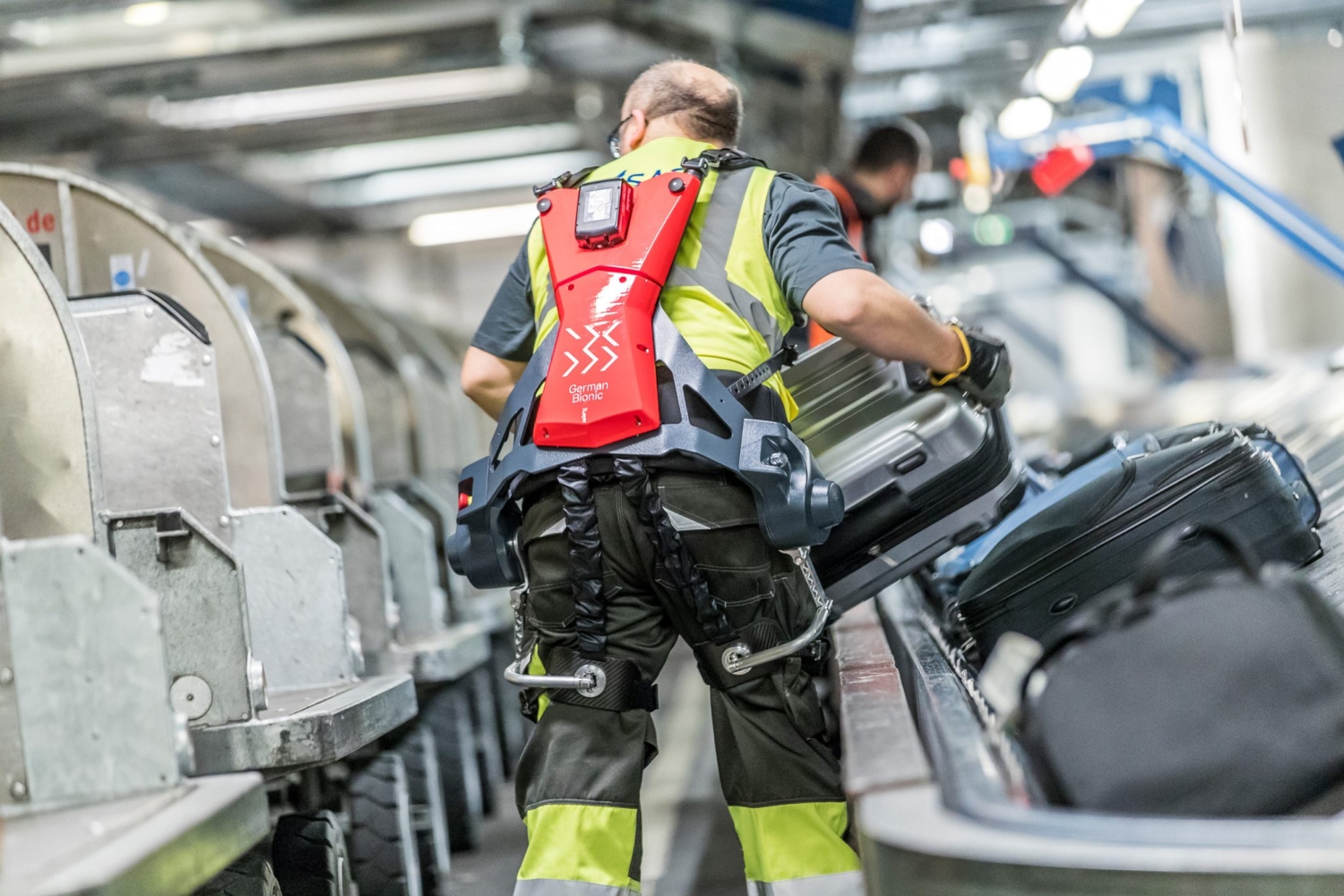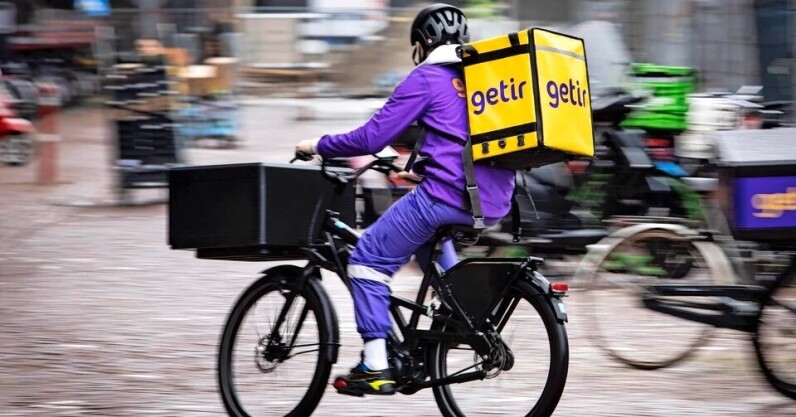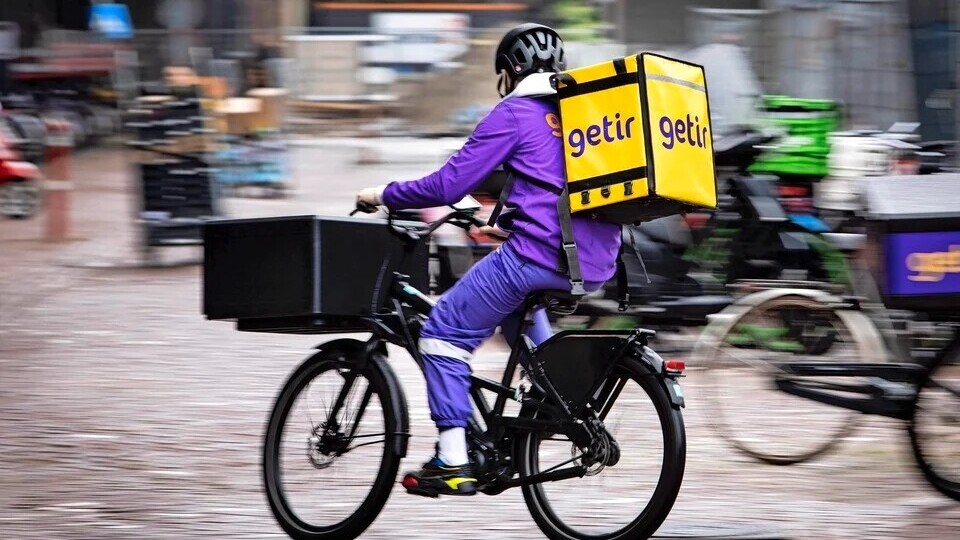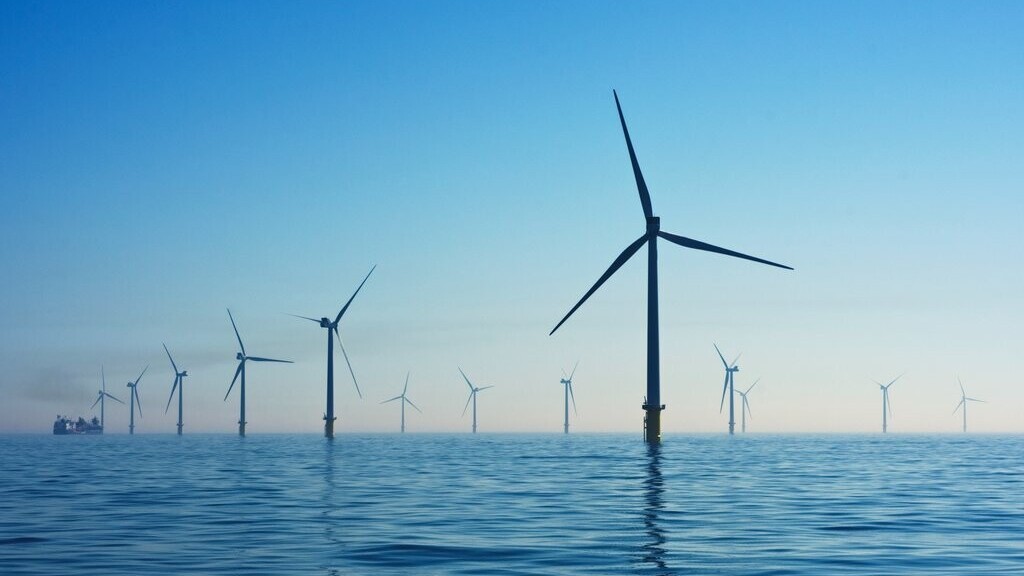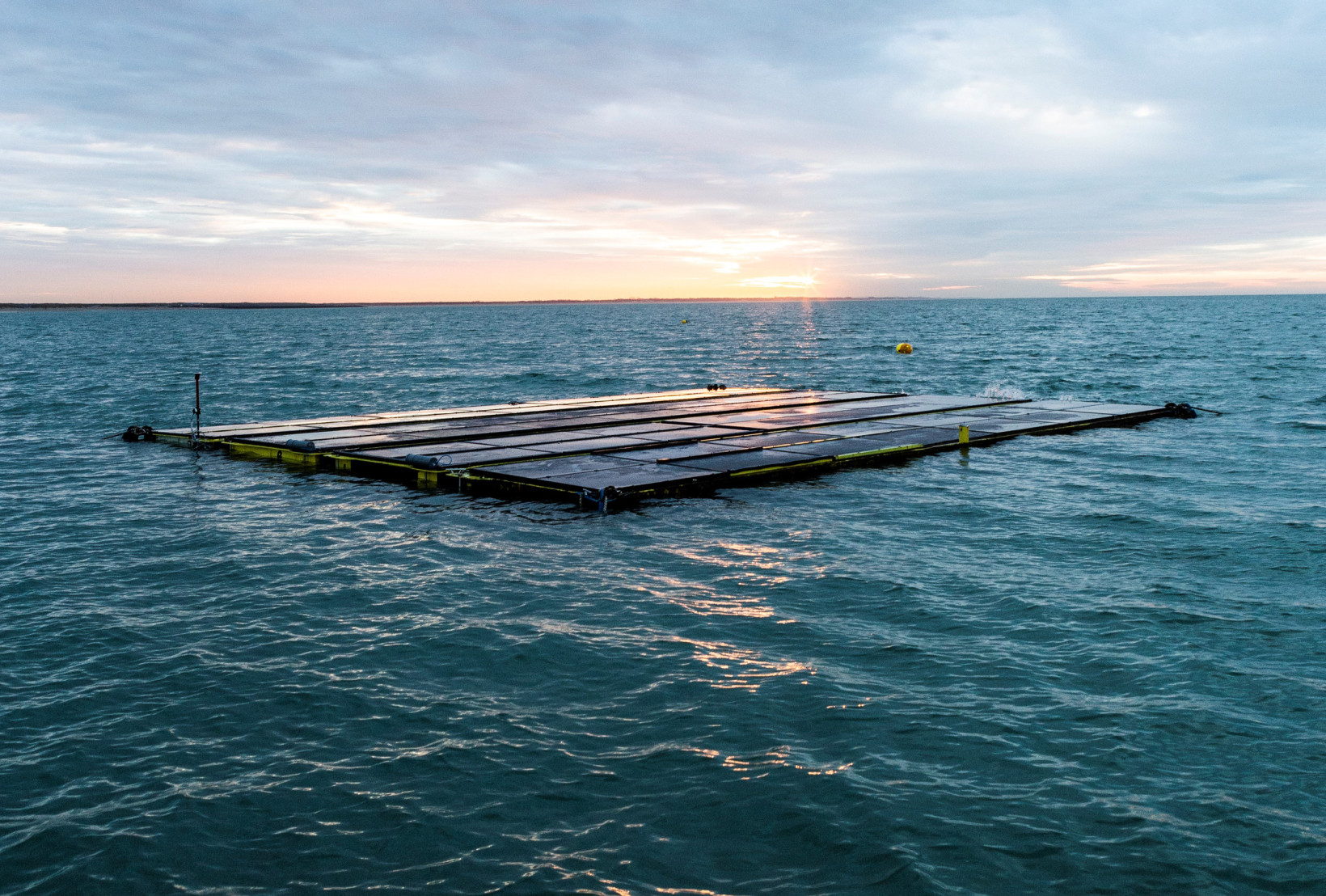UK’s £1BN semiconductor plan branded ‘disappointing’ by chip sector

Story by
Ioanna Lykiardopoulou
Ioanna is a writer at TNW. She covers the full spectrum of the European tech ecosystem, with a particular interest in startups, sustainabili Ioanna is a writer at TNW. She covers the full spectrum of the European tech ecosystem, with a particular interest in startups, sustainability, green tech, AI, and EU policy. With a background in the humanities, she has a soft spot for social impact-enabling technologies.
After a two-year wait, the UK has finally announced its semiconductor support plan, aiming to grow the domestic sector, increase its competitiveness, and reduce the risk of supply chain disruptions. But while industry players welcomed the strategy, they also criticised its level of support.
Under the new scheme, the government will invest up to £1 (€1.15) billion in the next decade, with an initial £200 million to be deployed in the next couple of years.
This amount, however, is dwarfed by similar initiatives in the West. The US has pledged $52bn in subsidies to boost its domestic semiconductor industry, while the EU’s Chips Act is offering €43bn to attract chip makers to build facilities within the bloc and ensure a European chip supply.
For Amelia Armour, partner at Amadeus Capital Partners, a UK VC firm which invests in semiconductor startups, the government’s funding is insufficient.
“The level of investment announced for the next two-year period is disappointing, especially considering the UK needs to try to keep pace with the investment levels announced as part of the EU and US Chip Acts,” Armour told TNW. “£200m spread over many initiatives won’t achieve much and will need to be allocated in a very targeted way to have an impact.”
Spreading the £1bn investment over a decade is also problematic, according to Amanda Brock, CEO at OpenUK, a non-profit organisation which represents the country’s open technology sector, including leading chip design company Arm.
“It simply won’t build a world-leading semiconductor sector even with the existing world-class R&D experience we have in the UK today. We need to see faster action behind bigger numbers to achieve the goal,” Brock explained.
Unlike the US and the EU, the UK’s plan comes without particular focus on strengthening manufacturing capabilities. Instead, it targets international cooperation and the growth of focus areas where the country already holds a leading position: R&D, design, compound semiconductors, and intellectual property.
The funding will also be used to improve the talent pipeline and enable easier access to necessary infrastructure for British firms, with a special focus on startups and SMEs.
According to Mark Lippett, CEO of Bristol-based semiconductor company XMOS, manufacturing isn’t the only way to ensure competitiveness and a secure supply chain.
“The UK will not be able to develop a full supply chain to fulfill its semiconductor needs — it’s beyond the scope of even the US or Europe,” Lippett told TNW. “The question is, how does the UK secure ‘a seat at the table’ when global allocation is being determined? By having technology that the others want.”
But for OpenUk’s Brock, coupling investment with skills, deep industry knowledge, and a semiconductor manufacturing sector are key elements for the UK’s success.
“Until the UK has all of those building blocks in place, either in-country or as part of established semiconductor supply chains that will involve the UK as a principal supplier, it will not be close to being the global science and technology superpower [Sunak] is seeking,” she said.
Get the TNW newsletter
Get the most important tech news in your inbox each week.
Also tagged with
UK’s £1BN semiconductor plan branded ‘disappointing’ by chip sector Read More »




